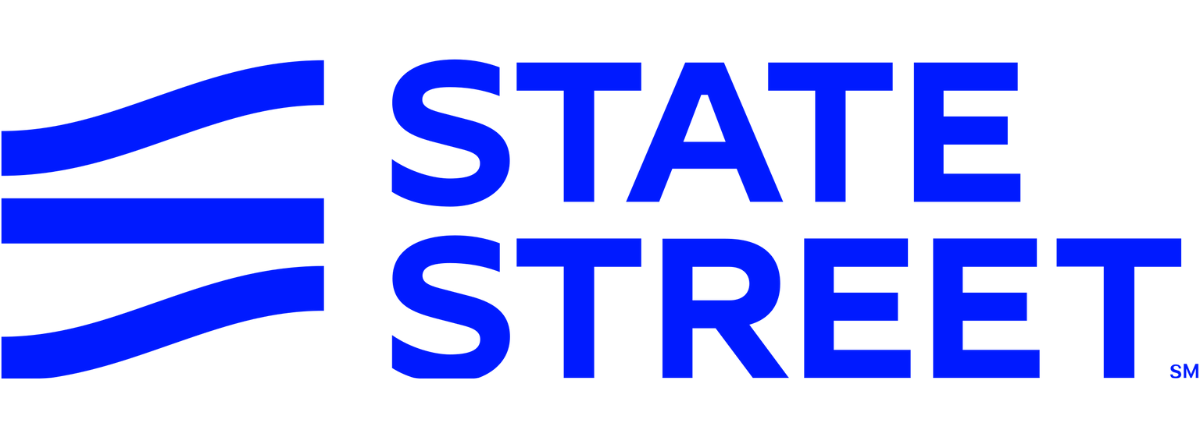Frank Koudelka, global ETF product specialist at State Street and Ciaran Fitzpatrick, head of ETF servicing, Europe, at State Street, have said non-transparent ETFs remain some way off hitting the European market despite recent approvals from the SEC in the US.
Despite pressure from ETF issuers for the Central Bank of Ireland (CBI) to relax the rules around daily transparency, Fitzpatrick (pictured left) and Koudleka (pictured right) told ETF Stream there is still a lot of work that needs to be done.
In 2017, the CBI made no change to requirements for ETFs to provide daily portfolio closure as the rule provided “clarity” to market participants and enabled investors to monitor underlying holdings.
However, earlier this month, the SEC approved the launch of six non-transparent ETFs, sometimes known as semi-transparent, from T. Rowe, Fidelity and Natixis. These ETFs are no longer required to publish their holdings daily.
Fitzpatrick predicted the rule change would take place in Europe, however, regulators were two years off from making any decision.
“The change will happen,” he continued. “The approval in the US will certainly resonate within the European market, however, it is five years behind [the US] in terms of maturity.”
Because the CBI, the Financial Conduct Authority (FCA) and (IOSCO) have been working in partnership on this, the duo said the move would come as one Pan European ruling rather than from one regulator.
“Non-transparent ETFs are just another option for investors,” Fitzpatrick added. “Investors do not really benefit from the full transparency and anecdotally, when speaking to issuers, they have never been asked from an ETF’s holdings by investors.”
Fragmentation issues
Along with the regulation around transparency, there have been steps made by regulators to improve the European ETF ecosystem and address some of the issues around fragmentation.
MiFID II, which came into effect in January 2018, the duo said, has had the positive impact of making it a requirement to report over-the-counter (OTC) ETF trades.
Although MiFID II has not been the gamechanger some thought, Fitzpatrick said this means investors have an improved picture of the true liquidity of the ETF market in Europe.
Koudelka added: “MiFID II has done what it was supposed to do by increasing trade activity reporting.”
However, Europe, unlike the US, is still lacking a consolidated tape meaning investors cannot see the full liquidity picture.
“The next stage of this development is a vendor, such as Bloomberg, picking up this data and consolidating it,” Fitzpatrick continued. “A consolidated tape would be another step in advancing the maturity of the market.”
Despite the lack of consolidated tape, there are areas where regulators and market entities are improving efficiency in Europe’s fragmented market.
One such piece of directive is the Central Securities Depository Regulation (CSDR), which comes into effect in September 2020. CSDR will place an emphasis on entities settling on time with fines implemented on firms which fail to do so.
Fitzpatrick said this will harmonise settlement times. “While it will be a challenge to implement, track failing trades and issue the penalties, this is a positive piece of regulation for the ETF industry as it will improve efficiency.”
ICSD model
One development that Fitzpatrick highlighted is helping fragmentation problems is the move from local depositaries such as CREST to the international central securities depositary (ICSD) model.
After the UK leaves the European Union, Euroclear UK & Ireland (EUI) will no longer be able provide issuer central securities depository (CSD) services for Irish-domiciled ETFs, as of 29 March 2021.
This means issuers are having to migrate over $100bn of ETF assets from Ireland to Euroclear Bank in Belgium.
Fitzpatrick warned there are still over 20 Ireland-domiciled ETF issuers who are yet to move to the ICSD model even though the process can take up to nine months.
“Service providers and other entities are working with issuers to make sure they understand the importance of this.
Although the transfer will be a short-term cost for ETF issuers, Fitzpatrick said the ICSD will help improve fragmentation.
Highlighting the benefits of the ICSD model, he said, the wider settlement window will allow Asian investors to settle European ETFs within their trading day and authorised participants (APs) will no longer be required to move inventory across Europe because it will be centralised with the ICSD.
“As a service provider, it is beneficial as we do not have to move shares across numerous locations and can make just one settlement instead.
“It is not something every issuer wanted to do in the first place but we will end up with a more harmonised central model.”
ETF servicing
Koudelka said it was crucial State Street is at the forefront of innovation and technology in order to ensure the firm remains the number one ETF service provider.
The US giant currently services 62% of all global ETF assets and 67% of the European ETF market.
“The market is always looking to innovate and we have to be on the front edge of that. Our scale allows us to engage with regulators and policy makers which we bring back to our clients.”
Addressing conflict of issues around State Street servicing State Street Global Advisors’ (SSGA) SPDR ETF range, Koudelka said the firms were all firewalled from each other.
“They are another client of State Street just like anyone else in the marketplace. Because we service such a big proportion of the ETF market, it shows clients do not worry that we are servicing SSGA.”



